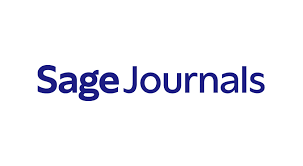🧭 What Was Compared and Why
This study asks whether democratic regime type shapes how publics evaluate executives over time. Two constitutional features are proposed to drive different approval dynamics: presidents are directly elected, creating stronger personal leader–voter linkages; prime ministers depend on legislative confidence, producing more institutionalized party systems. These mechanisms imply presidents should start terms with higher approval (larger honeymoons) but experience faster declines, while prime ministers should show smaller initial boosts and steadier support.
📊 Analysis of Approval Trends Across 40 Democracies
- Approval data from 40 countries are analyzed to test the constitutional argument about executive approval dynamics.
- The focus is on temporal patterns: initial approval at the start of a term (the honeymoon) and the subsequent trajectory of support.
🔑 Key Findings
- Presidents exhibit larger initial approval surges than prime ministers, consistent with stronger personal ties produced by direct election.
- Presidential approval also declines more rapidly over the course of a term, matching the prediction about quicker erosion after a high starting point.
- Important variation exists within regimes:
- In presidential systems, approval patterns differ by paths to power (first-time election vs. re-election, and holding office by election versus other routes), indicating that how a president attained office affects the shape of approval over time.
- In parliamentary systems, prime ministers overseeing single-party majoritarian governments experience larger honeymoons than those leading coalition or minority governments.
- Overall evidence is consistent with constitutionally rooted differences in how executives build and sustain public support.
⚖️ Why It Matters
Findings speak directly to long-standing debates about presidential versus parliamentary systems. The results highlight a fundamental tradeoff: presidentialism appears to generate greater short-term democratic responsiveness (bigger initial public boosts), while parliamentarism offers greater stability in approval over time. This tradeoff has implications for theories of accountability, party institutionalization, and the comparative evaluation of democratic institutions.







